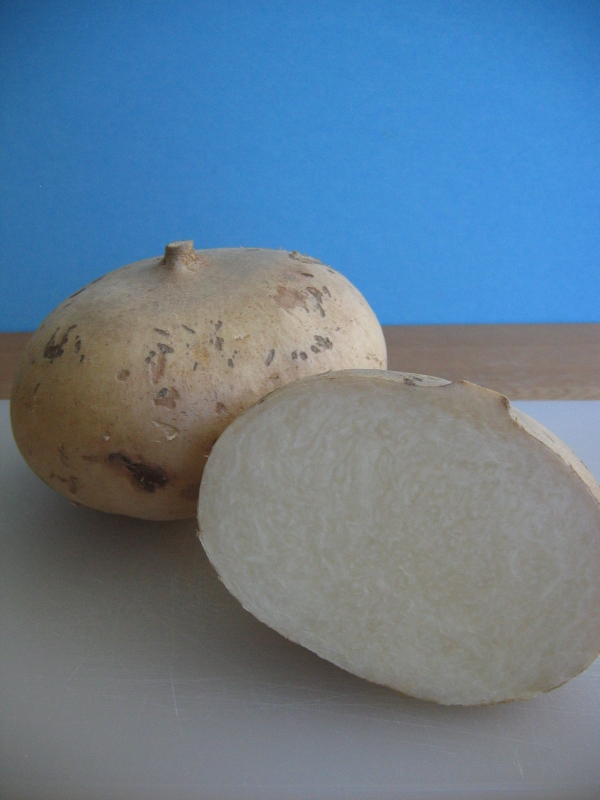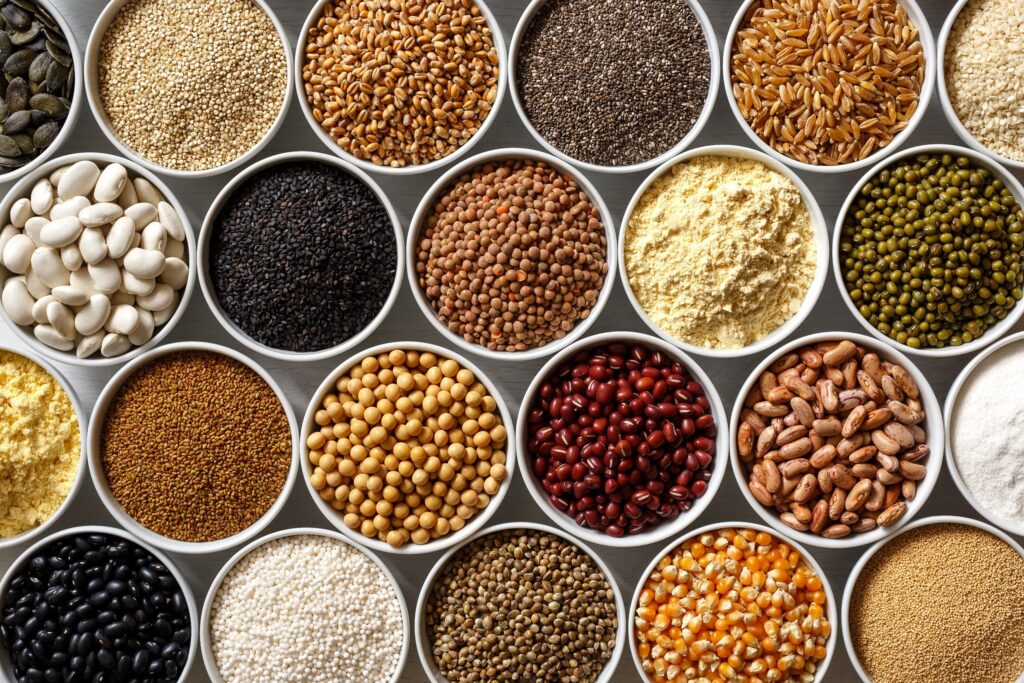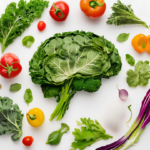Would a yam bean by any other name taste as sweet?
No matter what you call it—Mexican potato, chop suey yam, Juicy Root, poison-pea tuber—(okay, I made those last two up), jicama is a refreshing, crunchy veggie treat.
Fleshy root of a plant that’s a member of the pea family, jicama (pronounced HEE-ka-ma) is about as happy-go-lucky as a veggie can get, with a mellow disposition and a texture similar to that of a ripe apple—crisp and juicy, without the slightest hint of mealiness. Peeled and sliced, jicama is tasty out of hand, but it also plays well with others, melding seamlessly into salads both savory and sweet. What’s not to love about a veggie so laid-back and versatile?
Funny you should ask: like so many who put on innocent airs, jicama actually harbors a dark secret…
Poison Peas and Pesticides
While its root benefits are plain to see, travel above ground and the jicama plant turns toxic, churning out seeds containing the poison rotenone. While this substance can be lethal to humans in large quantities, it’s most dangerous to bugs and fish and is used as an insecticide and piscicide. (For all your pesky fish-infestation needs.)
Cool Crunch Takes Root
Luckily the jicama plant’s tuberous, refreshing root is not only nontoxic, but a great source of both fiber and vitamin C. And the sweet taste that makes it so delicious? That comes from the prebiotic fiber inulin, a favored fuel of good bacteria in your gut. (Not sure what a prebiotic is? Check out this Mayo Clinic page.) So stick to the root of the jicama plant—which shouldn’t be too hard to do, considering that tropical jicama doesn’t grow well in most of the continental United States—and you’re in for a non-poisonous, crunch-tastic veggie experience.
Jicama How-To
Buy: Find jicama at your local supermarket, Whole Foods, or international grocery; choose roots that are smooth and heavy for size. While an unblemished jicama with a satiny sheen is ideal, in the real world you’ll want to avoid dried-up-looking, wrinkly, or molded specimens. (I had a run-in with the latter: my jicama, which had just a few moldy spots, magically sprouted all-over white fur within two days of purchase—extreme ick!).
Store: Keep whole, uncut jicama in a cool, dry place for up to 2 weeks. (The same way you’d store potatoes.) Contrary to what some websites say, don’t store whole jicama in the fridge—according to this University of California-Davis page, they are susceptible to “chilling injury” (decay, discoloration, and loss of crisp texture) at temperatures below 50oF. I’ve seen this firsthand—the mold-bitten jicamas I came across at one store were displayed in a refrigerator case; the best-looking ones I found were at my local H-Mart, stashed in a cardboard box just off the floor.
Once cut, store jicama the fridge and use within a week.
Love: Always peel jicama before using. It has tough strings beneath its skin, so peel it carefully with a knife following the following the easy step-by-step directions here.
Jicama doesn’t turn brown when cut, so it makes for a conversation-starting addition to veggie trays and bag lunches. You can also dice jicama and toss it into salads; shred it and make slaw; or even add cubes to stir fries. (Although, I can’t say I’ve tried cooking it yet—tell me all about it if you try it!)
Mellow jicama meshes nicely with cilantro, mint, chiles, lime juice, and most fruits. (Though not necessarily all at once.)
Ready to take jicama for a test drive? How about
Jicama and Pineapple Salad with Fresh Mint
3 Fast and Healthy Ways to Enjoy Jicama Sticks
Easy Guacamole with Chile-Lime Jicama Chips
Shared on Healthy Vegan Fridays, a plant-tastic blog hop, and Raw Foods Thursdays, a scrumptious collection of gluten-free raw recipes.




 I'm Lee, an RD thriving on a healthy plant based diet.
I'm Lee, an RD thriving on a healthy plant based diet.
Does not have the starch of potato and I'm trying to explore it as a replacement for the potato in soups, especially clam chowder.
Ricksplace–how did jicama work in your chowder? I'm pondering trying it in soup myself.
Ricksplace: I, too, am trying to find a comparable sub for potatoes, and not just for soups & stews. I've tried jicama, rutabaga, eggplant and zucchini, but none of them come close due to their low-to-zero starch content. My next attempt will be with taro, which if handled incorrectly, could be worse for me than potatoes. I'll post hereon my culinary (as well as "
we just started cooking cauliflower and then blending it up with an immersion blender as a substitute for mashed potatoes – delicious, especially with some butter on top. quite similar texture, not as starchy.
Hi Mae, how did the taro experiment go?<br /><br />Are you looking for a low-starch alternative or just a low-glycemic alternative to potatoes? If you're looking for a low-glycemic alternative, the best substitute for potato that I've found is cassava. It's hard to find good ones fresh, but frozen cassava is just as good, plus it's peeled and ready to boil. (And has a great
This comment has been removed by the author.
NOTE: Cassava must be prepared via slicing/chopping, then boiling (and draining the water), roasting, or baking. Because cassava, too, contains a poisonous secret–a compound that can be converted to cyanide if this root veggie is eaten raw or improperly prepared! That said, most commercial varieties have very low amounts, so peeling and thorough cooking should cover you.<br /><br />More info:
I love slicing jicama super thin and using it as a "taco shell". What a great post all about jicama. I had no idea of it's poisonous uppers or that they are related to the pea. Fascinating! Would you be interested in sharing this at Raw Foods Thursdays? We do a lot with jicama and could really learn from you!<br /><br />http://www.glutenfreecat.com/2013/05/raw-foods-thursdays-51613/
Hi Heather, I love the idea of using jicama as a taco shell! I'm going to have to try that. (As you can tell, I'm really into jicama.) I'd be happy to share this on Raw Foods Thursdays; your blog looks like a blast and I can't wait to explore!
Thanks so much for joining in! I'm pinning this post on our Raw Foods Thursdays board. Hope you're having a good week!<br /><br />Heather
Thanks for the pin; hope you're having a great week as well!
has anybody fund a link that tells exactly how much if any rotenone is still in the root? It is in the peel so I feel some small amount must be left in the flesh also, but I can’t find any exact figures or comparisons to other vegetables. thanks.